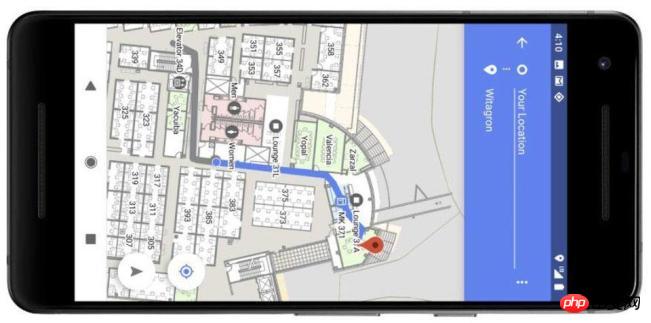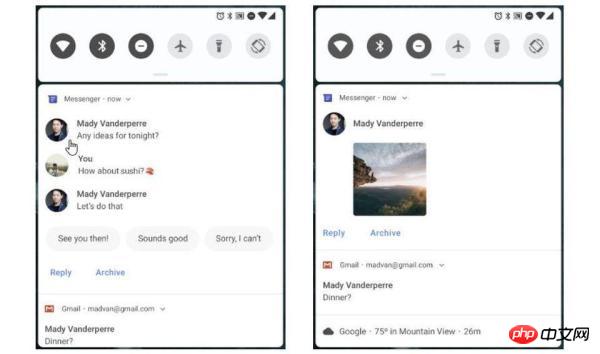
According to the "Forbes" website, Google has released the first developer preview version of Android P. What are the highlights of the new features?
Indoor positioning device location
Android P supports the IEEE 802.11 protocol, the WiFi RTT (Round-Trip-Time) protocol. If the app is able to connect to three WiFi access points, the protocol allows the app to triangulate the device's location within a meter or two. The user's location is invisible to the access points because the app does not need to connect to them to calculate distance.
Developers can also develop maps with routing functions through WiFi RTT, which can locate users in chaotic indoor environments. Google pointed out that WiFi RTT technology can also implement location-based voice commands (such as, "Turn on this light") or information retrieval (such as, "Find online stores with discounts on this product").
Stronger protection of user privacy
When the app is not running, the microphone, camera or sensor using SensorManager will not be accessible. In other words, the microphone will not be able to receive voice signals, the sensor will no longer report sensing results, and the camera will disconnect. If an app wants to access the camera, an error message will appear. If this function is implemented, users will not have to worry about background app monitoring or recording audio, video and other information.
Support "notch screen"
For smartphones that use "notch screen" similar to the iPhone X, the content display at the groove will inevitably be affected. Android P allows app developers to adjust how content is displayed on such screens. Content can be arranged around the notch or displayed below the notch.

Message notifications have been improved
In message push notifications, the avatars of the sender and the mobile phone user can be displayed, and the mobile phone user can also add pictures when replying. In addition, smart reply function is also supported.
The device’s own neural network processing function has been improved
The device’s own machine learning function can eliminate the need to send user data to the cloud for processing. This directly brings two benefits to users. First, the neural network on the device can learn and adapt to the user's operating habits more easily. Second, since the user's operation data does not have to be sent to the cloud, privacy can be better protected. The operating mode of the neural main network that starts learning based on all user data has therefore changed. It will read the changing data of the user network instead of letting the data affect the user network and cause changes.
Support HDR
Android P will support HDR VP9 Profile 2. If the device supports HDR, users will be able to watch HDR content.
However, before Android P is officially released, its new features may still change. Google said it will reveal more information about Android P at the I/O conference from May 8 to 10.